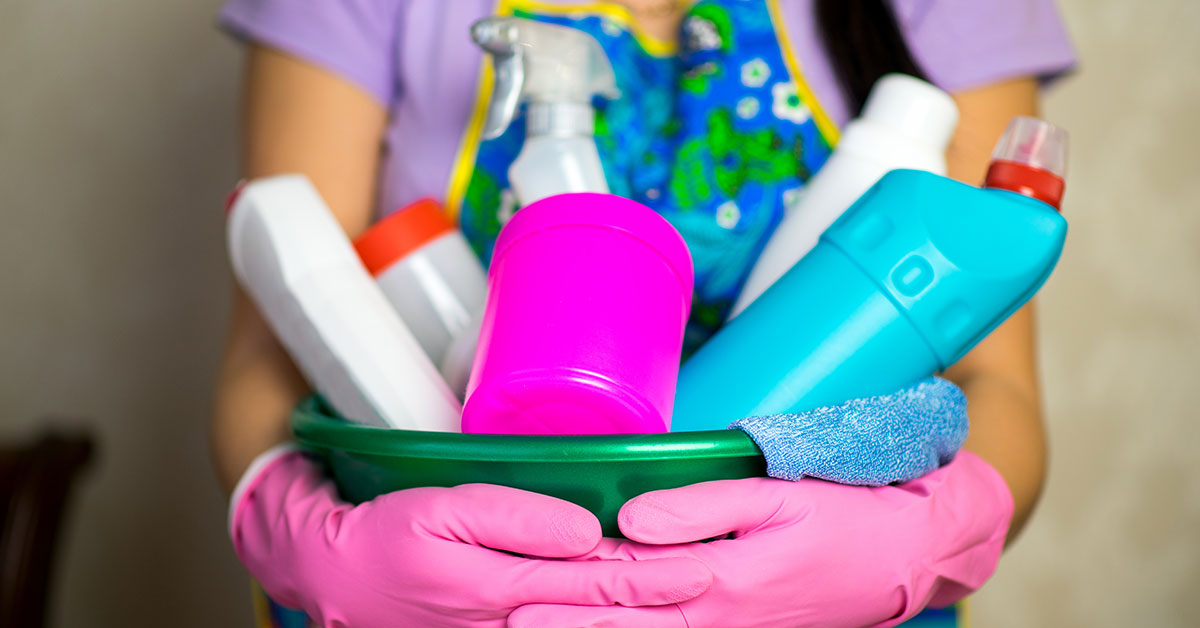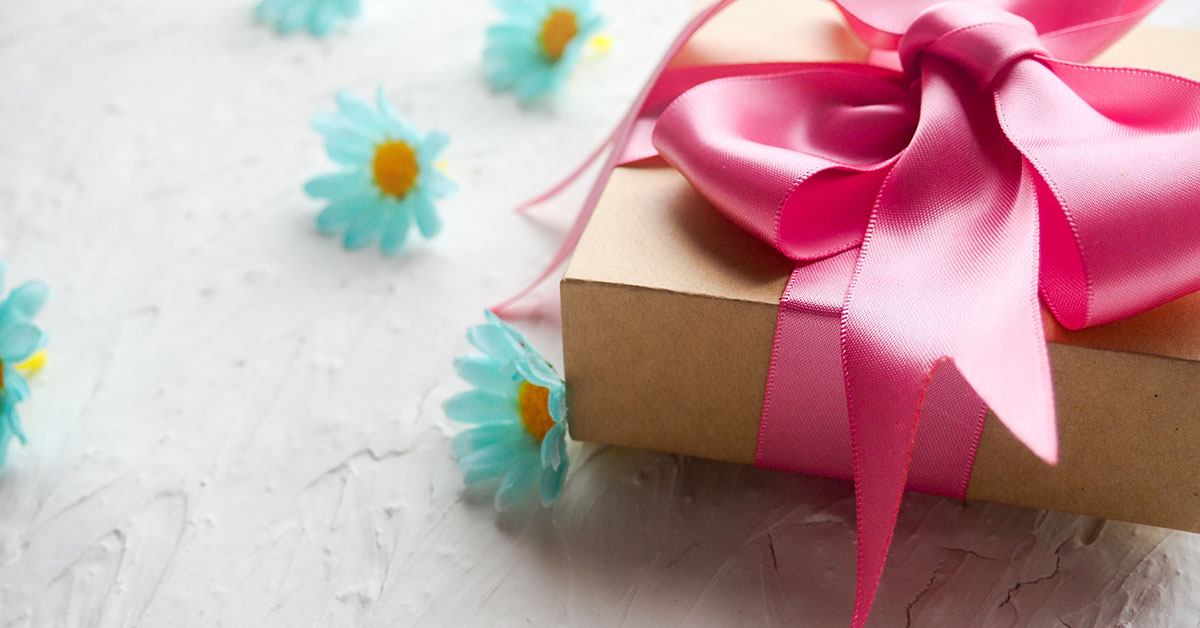
Fact or Fiction? The Truth Behind 10 Household Cleaning Myths
[wpsummarize]
Homeowners share countless tips and tricks about their homes and how to care for them. After all, people tend to trust what they know. Maybe your grandmother always had a spotless house, or maybe your dad always kept the house organized.
But whether you take advice from a DIY blog, your grandmother, or your friend from book club, your information might be outdated or incorrect. Here are 10 of the most popular cleaning myths we hear. You might be surprised which myths are based in fact and which are completely false.
1. Bleach is a universal cleaner: False
Bleach’s overpowering scent leads many homeowners to believe it is the ultimate cleaner. However, cleaning isn’t one of bleach’s strong suits. It releases fumes that cause sickness, and it also damages some surfaces.
Bleach works best as a disinfectant. Use it to remove heavy stains, but not to clean grime or dirt from surfaces.
2. Newspapers clean glass more effectively than towels: False
Newspapers are thin and don’t stand up well to wet conditions. Unless you want newspaper bits and ink stains all over, don’t use newspapers to clean your mirrors or windows. Use coffee filters to achieve clean, streak-free windows and mirrors.
3. Lemons lift hard water stains: True
Lemons safely remove water stains from glass and metal. Their acidity breaks down the stain while also releasing a fresh scent.
To remove hard water stains, rub a lemon on the stain and then rinse.
4. Citrus peels safely deodorize the garbage disposal: False
Citrus peels effectively eliminate nasty scents from the garbage disposal. However, if they aren’t ground up completely, they eventually contribute to the bad smells wafting from your sink. Citrus peels can clog your drain and corrode the metal in your disposal.
It’s safer to pour a few teaspoons of white vinegar down your disposal instead.
5. Toothpaste removes tarnish from silverware: True
Some silver polishes contain chemicals that harm your skin and the environment. Toothpaste is a great alternative because it contains gentle, yet effective, abrasives.
Buy a toothpaste with extra tartar control. Then, dab a small amount of toothpaste on your silverware. Spread the toothpaste across the surface, massaging as you go. Rinse the toothpaste, and say hello to shiny silverware!
This method also works on jewelry and metal kitchen appliances.
6. Baking soda unclogs drains: False
Baking soda contains some acid, which leads many homeowners to believe it can clean toilets and unclog drains. However, baking soda alone won’t unclog your drain. Mix baking soda with vinegar when you need to clear a clogged drain.
Baking soda and vinegar combine to produce a chemical reaction that loosens clogs. Unclogging a drain with baking soda and vinegar is simple:
- Pour a pot of boiling water down the drain.
- Pour about ½ cup of baking soda down the drain.
- Let the baking soda sit in the drain for 3-4 minutes.
- Pour a mixture of 1 cup vinegar, 1 cup hot water down the drain.
- Place a drain plug over the drain to keep the chemical reaction from rising to the surface.
- Flush with another pot of boiling water after about 10 minutes.
7. Vinegar is safe to use on hardwood floors: False
Vinegar makes a great rinse agent, but is a lackluster cleaner. It removes hard water stains and soap scum but is not strong enough to disinfect surfaces. Additionally, if applied directly, vinegar dulls the finish of hardwood floors.
Instead, use a mixture of pH-neutral soap and water to clean your hardwood floors.
8. Frequent vacuuming ruins carpet fibers: False
Unless you vacuum several times a day, your vacuum won’t damage your carpet fibers. Dirt sitting on your carpet does more harm than a vacuum ever will. By letting dirt and dust build up in your carpet, you’ll also increase your chances of catching a cold or developing allergies.
Vacuum your carpet once or twice a week to keep your fibers (and your lungs) in great shape.
9. Walnuts remove scratches from wood surfaces: True
No homeowner wants to discover scratches in their expensive wood flooring or antique wood furniture. Luckily, you can remove blemishes with walnuts.
- Remove the walnut from its shell.
- Rub the walnut back and forth along the scratch.
- Press your finger against the scratch for 30-45 seconds. This warms the scratch and allows the nut’s oils to sink into it.
- Let the oil soak for about five minutes.
- Buff the area clean with a soft cloth.
10. Making the bed is unhealthy and leads to dust mites: False
Researchers at Kingston University released a study in 2005 claiming that tidy beds harbor dust mites and other allergens. Since then, many homeowners have used this study as an excuse not to make their beds.
The truth is, both made and unmade beds harbor dust mites. Unless you are allergic to dust mites or have asthma, dust mites don’t pose much of a threat to you or your health. Whether you suffer from respiratory problems or not, your strongest defense against dust mites is washing your bedding once a week.
Dust mites also like humidity, so consider installing a dehumidifier to discourage dust mites from setting up shop in your bed.
Now that you’ve separated fact from fiction, you can keep these pointers in mind as you clean and organize your house. And take a look at our other blogs for more cleaning tips and tricks.
Share this article
A quick overview of the topics covered in this article.
- 1. Bleach is a universal cleaner: False
- 2. Newspapers clean glass more effectively than towels: False
- 3. Lemons lift hard water stains: True
- 4. Citrus peels safely deodorize the garbage disposal: False
- 5. Toothpaste removes tarnish from silverware: True
- 6. Baking soda unclogs drains: False
- 7. Vinegar is safe to use on hardwood floors: False
- 8. Frequent vacuuming ruins carpet fibers: False
- 9. Walnuts remove scratches from wood surfaces: True
- 10. Making the bed is unhealthy and leads to dust mites: False
- 1. Bleach is a universal cleaner: False











